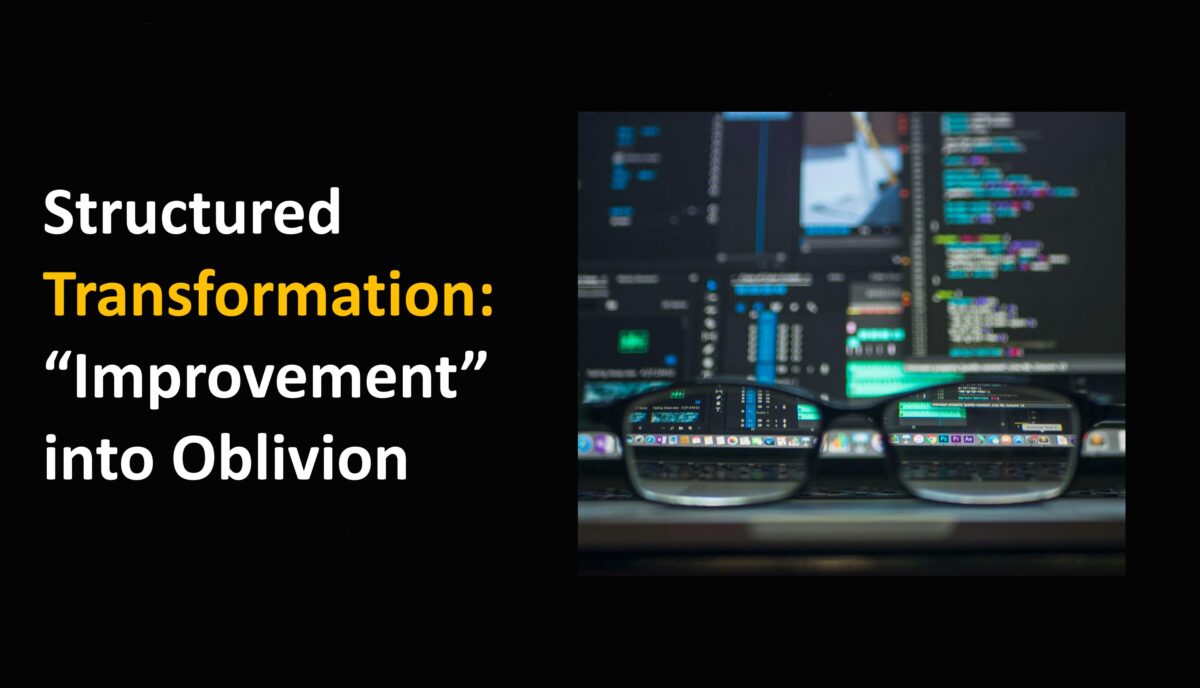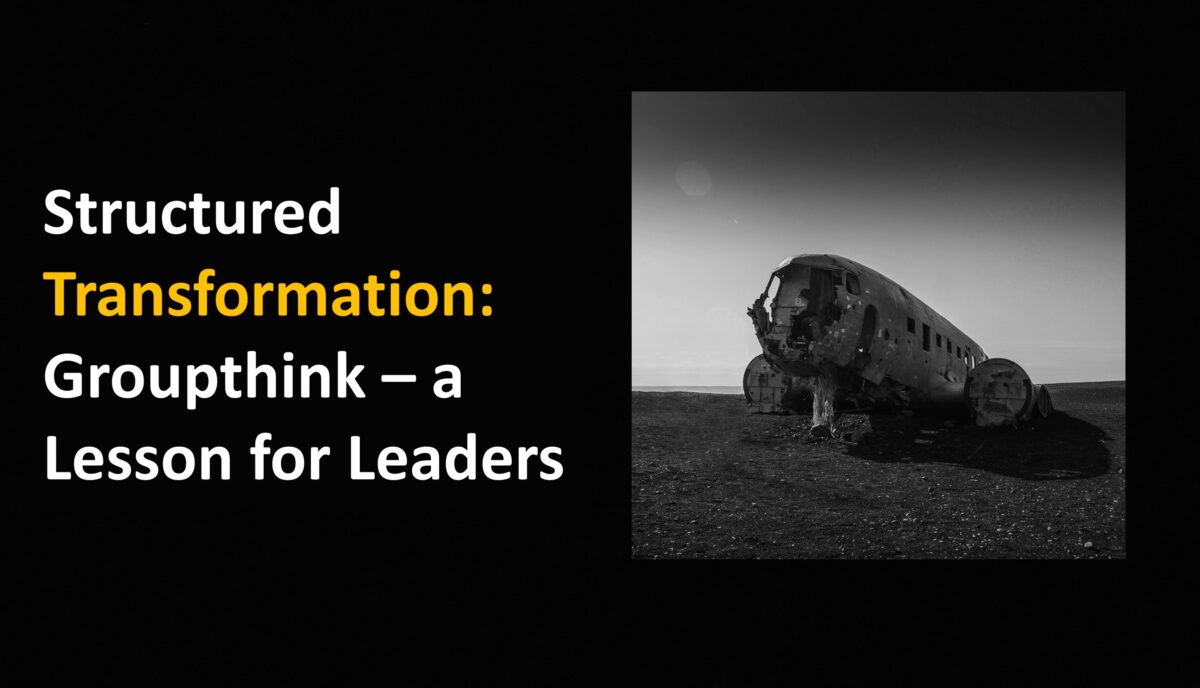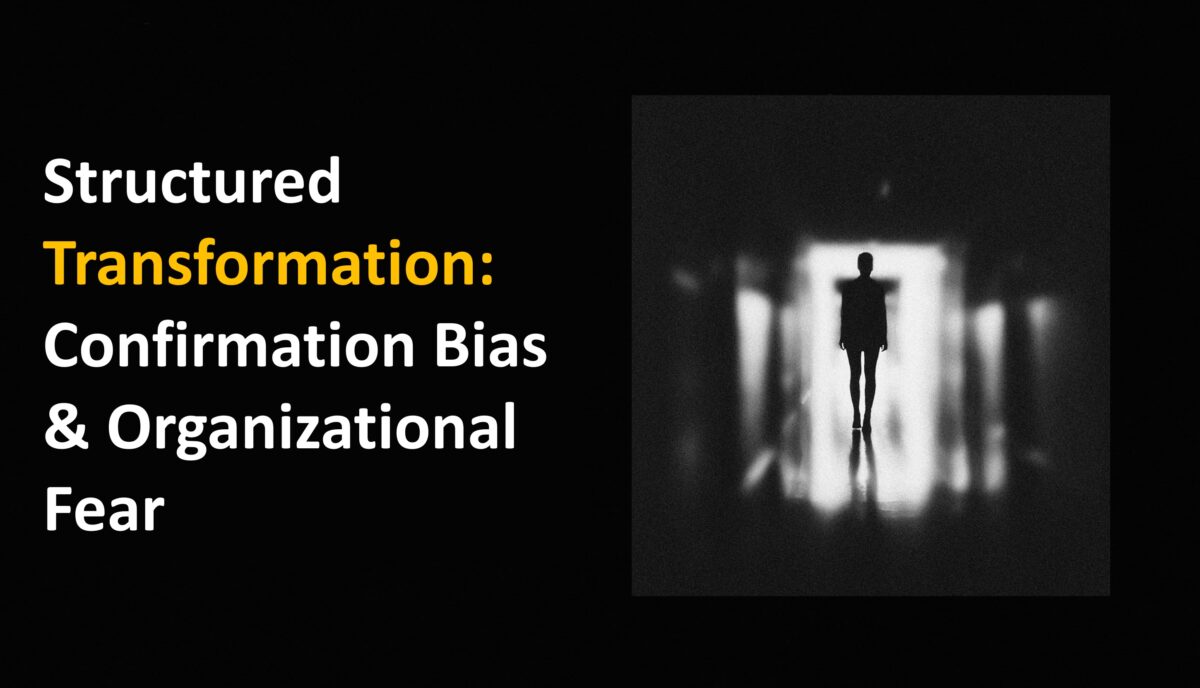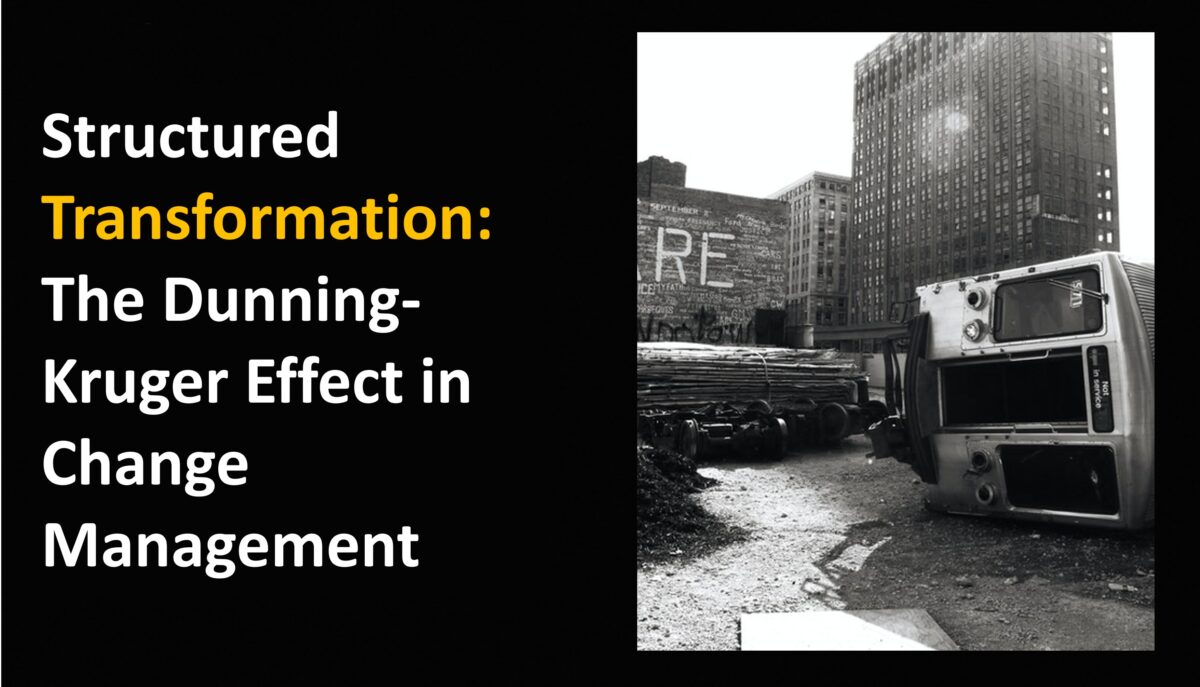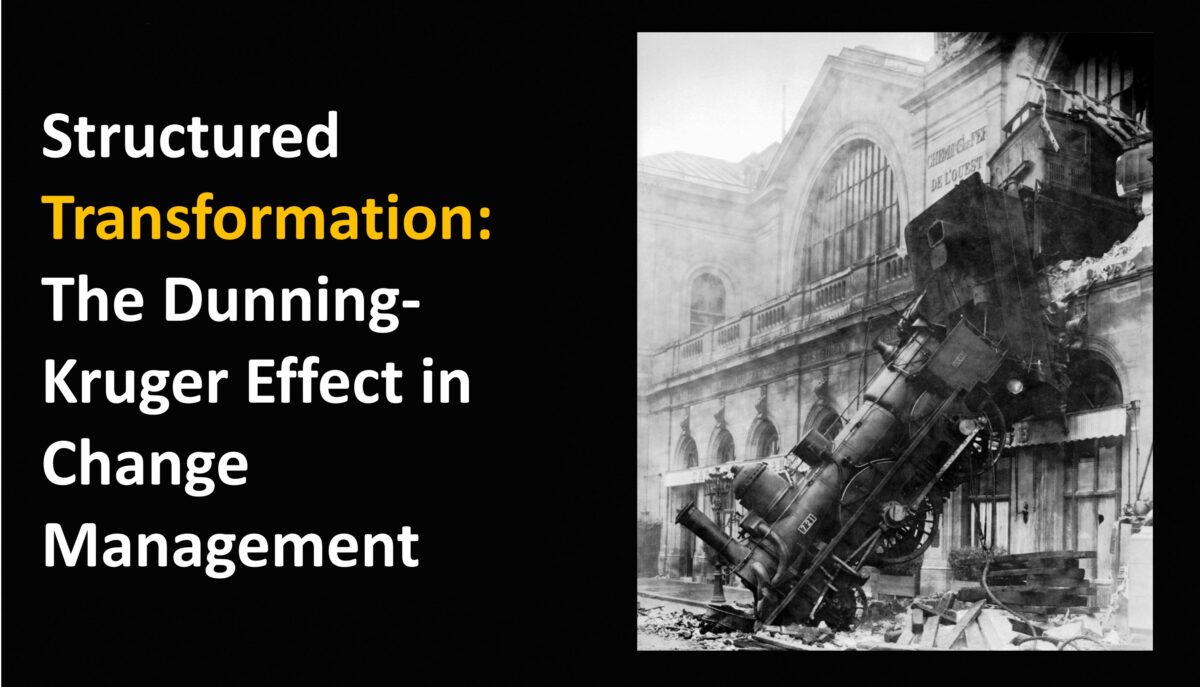Mehr Kapazität – oder einfach mehr Leadership-Struktur?
Neulich im Gespräch mit einem CEO: Er wirkt überlastet.
„Transformation, Tagesgeschäft, Reporting – alles landet bei mir. Jeder will eine Entscheidung, jede Analyse braucht mein Okay. Ich sitze in fünf Steering Committees. Vielleicht brauche ich einen COO?“
Das könnte eine Option sein.
Aber in vielen Fällen mangelt es nicht an Kapazität – sondern an Struktur.
Was wirklich hilft:
💡 Leadership – Erwartungen klar formulieren.
Nicht alles ist CEO-Thema. Wenn das Team Verantwortung übernehmen soll, muss es wissen, wo seine Grenzen – und seine Freiräume – liegen.
💡 Walk the talk.
Was delegiert ist, bleibt delegiert. Keine Rückdelegation durch die Hintertür.
💡 CFO in die Verantwortung nehmen.
Systemintegration, Reporting, Datenarchitektur – das gehört in die CFO-Rolle, wenn kein CIO vorhanden ist.
💡 Nur ein Steering Committee.
Alle Projektleiter treffen sich in ihren eigenen Foren. Das SteerCo diskutiert Optionen und Entscheidungen, keine Details.
💡 Decision-Memos statt PowerPoint-Schlachten.
Standardisierte Vorlage: Situation – Alternativen – Bewertung – Empfehlung.
Damit wird das SteerCo zu einem Entscheidungsgremium, nicht zu einem Debattierclub.
💡 Meeting-Disziplin.
Nur wer beiträgt, sitzt am Tisch. Der Rest darf endlich wieder arbeiten.
💡 Team-Review.
Bevor neue Rollen geschaffen werden: Habe ich die richtigen Leute an Bord?
Wenn nicht – qualifizieren oder ersetzen.
Und was oft vergessen wird:
🔹 Governance first. Ohne klare Entscheidungslogik bleibt jede Transformation ein Dauermeeting.
🔹 Entlastung durch Programmmanagement. Externe Struktur kann Managementbandbreite schaffen, damit Entscheidungen wieder auf Daten – nicht auf Hektik – basieren.
Wenn Sie das Gefühl kennen, dass alles bei Ihnen zusammenläuft – dann ist das ein Signal, dass es Zeit ist, die Organisation fit für Entscheidungen zu machen.




